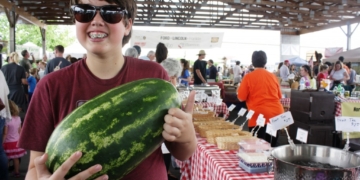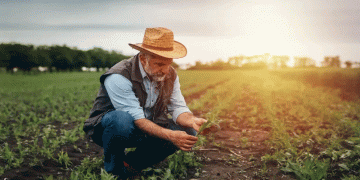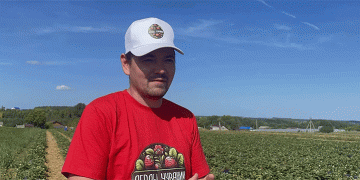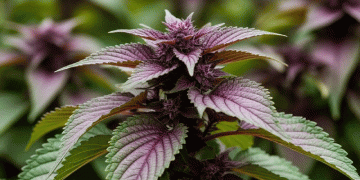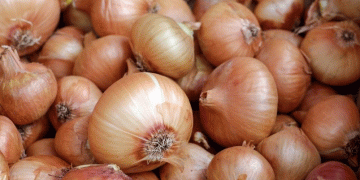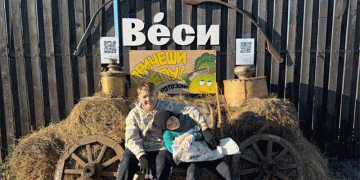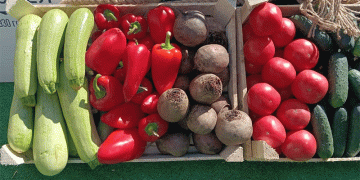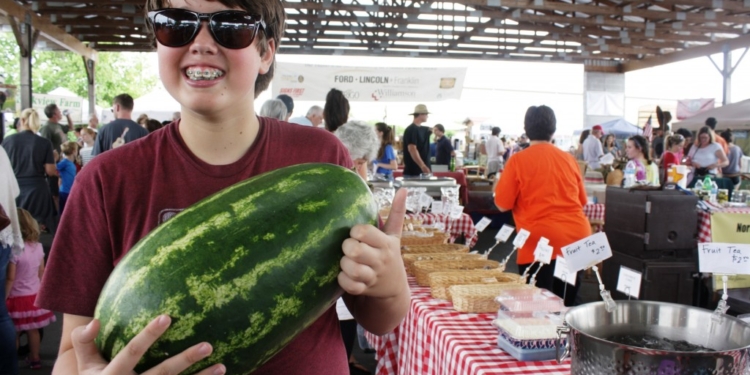The demand is strong, the price is there, but the availability of watermelons – especially of good quality – in this period is unable to meet the requests, particularly strong both in Italy and in Europe.
This is the picture drawn by Claudio Filosa, president of the Latina Ortaggi cooperative and promoter of the Pontino Watermelon enhancement project “The campaign had started badly, but from 20 June onwards there was a deadly rise in prices and a boom in demand: it is hot throughout the continent and watermelons are not enough. The quality is good and in the Latina area we are in production with mini, medium striated, the classic long Charlestone type watermelon … Also good exports to the East, in markets that require products of 4-8 kilos, with a lower price, but even here the demand is higher than offer”

While the heat has given the watermelon campaign a positive spin, it has created some confusion for melons. “Double the expected product is maturing, the market is saturated – highlights Filosa – While for watermelons the scenario is different: the greenhouses are finished around June 20, the open field is a bit late … This is determining the current situation, but between 8 and 10 July we expect to return to normal volumes “.
“For the melon we have been saying for some time now that July would be the most abundant month of the year, as a lot of June production is now ripening”, confirms Bruno Francescon , president of the Mantuan producer organization of the same name, point of reference for melons in Italy.

And on the commercial front, a different situation emerges from the Milan Ortomercato between high quality and mass watermelons. Salvatore Musso explains it, sales manager of Masterfruit: “Of superior quality niche watermelons, such as those of Mantua or cultivated by farms that have continued to invest by focusing on new varieties capable of enhancing color and above all flavor, as well as compactness of the pulp, there is no there are many. Also because these fruits are aimed at demanding customers, willing to pay around one euro per kilo. The so-called mass product is certainly not lacking: there is plenty of it and is priced between 0.30 and 0.40 euro per kilo “.
Reed also: “Watermelons, Gavina and Eleonora with the wind in their sails”
